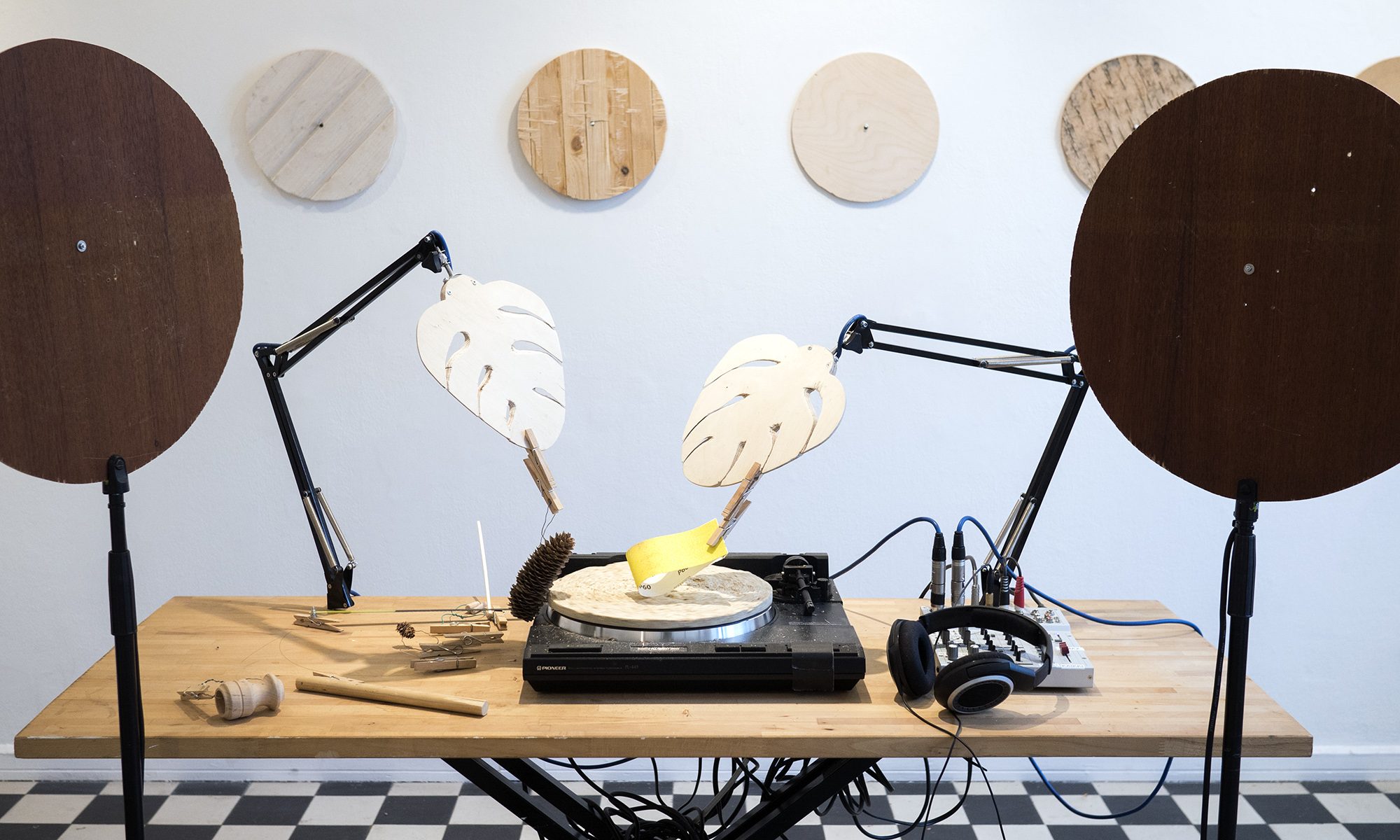Visited Aruna D’Souza’s talk Writing in the Reparative Mode (video link) at the 8th floor. The event was organized by the The New School. She offered a road-map on how she developed from an academician into an art-writer and art critic. D’Souza became disillusioned by the academia after witnessing numerous race related scandals which the organizations failed to respond to. After leaving university, she felt that Facebook helped her to develop as a writer. Posting on her wall felt like brainstorming and gave her the opportunity to pose questions instead of re-affirming what is already known (I really dislike her emphasis on Facebook and Instagram as “real venues for art writing”, because the technology is based on exclusion).
She invited the audience to think about “reparative criticism” which is an attempt to compensate for the injustices which effect the decedents of the enslaved. In the beginning she started to “write as a student”, which means she wants to understand an artwork on the artworks own terms (I’m weirdly reminded by the self-reflectionism of minimal art). Her writing is “drawing attention” to works which teach her how to be “an ethical and political citizen of this fraud moment in history” (D’Souza acknowledges this as signal-boosting). She is also constantly learning to talk about her own failures. “Our culture is weakened by peoples inability to apologize”. She refers to her writing concerning a Jimmie Durham exhibition, in which she downplayed the critique stirred up by Durham’s claims of Native Ancestry (More on the topic by Sheila Regan). After she re-freshened her opinion on Durham (after learning about the topic trough the debate), her act was seen of as opportunism (changing sides) instead of rethinking and apologizing.
In D’Souzas view art writing is primarily made for the white gaze. Art writing excludes the subjectivity of the artist (and the critic). When writing for the black-gaze, she is more sensitive when talking about race and politics. There are benefits too: Some key concepts such as “the existence of structural violence, “the consent of white fragility” and “the weaponized use of white tears” do not need explaining. She invites writers to “punch up” in their critiques and not to be afraid “name names” of people who are responsible for oppressive acts. She wants to name people so that we will not talk “around the problems of institutional racism” (I find this troubling. Naming people feels like vain punishment and I find it hard to imagine how it will help in changing structures). This process has made her friends, peers and audiences feel uneasy.
She wants to center on the voice of the protesters, instead on the “voice of analysis”. This approach has helped her to understand “the protest as a site” which gives some artists (who are excluded by institutions) the only opportunity to engage with the art world. Her starting point is that freedom of speech is not a universal value but a relationship. In her own words she is “not writing good art history” but “writing good something-else”. She points out that all art criticism is “advocacy” and the majority of contemporary art criticism is “advocacy of the supremacy of white male artists”. D’Souza is currently working on a book which is called “Against Empathy”. A critique of the individual affect, at the center of political transformation (in a manner which de-centers collective action). Her argument that “There is no aesthetic understanding, unless there is structural understanding” feels heroic but coming from a new-materialistic, Marxist point of view it feels old.
Our proposal (with Ilari) to have the publication on land- and environmental art conservation co-published by the Finnish Cultural Institute in New York and the Fine Art Academy of Helsinki was excepted and the book will be out this spring! I’ve been busy editing my text for it. Currently re-reading Entropy Made Visible (1973) and Entropy And The New Monuments (1966) by Robert Smithson. Revisited Dia: Beacon to make photocopies of Moira Roth’s interview of the artist found in Eugenie Tsai’s book Robert Smithson (2004). Feeling like a ghetto scholar (I’m literally stealing knowledge to make ends meet).
I got into the interview phase for the Doctoral Studies Programme in Artistic Research in Performing Arts at the Theater Academy of the University of the Arts Helsinki. I felt that I couldn’t reply adequately to the questions: Why I want to conduct my research in the framework of the Theater Academy and what its my relationship to performance studies. I mumbled something about, public craft fairs being transparent process of the production of commodity value. I wanted to say that I see performance a material deposit of located behavior, squeezed into acts by the design and affordances which places offer.

